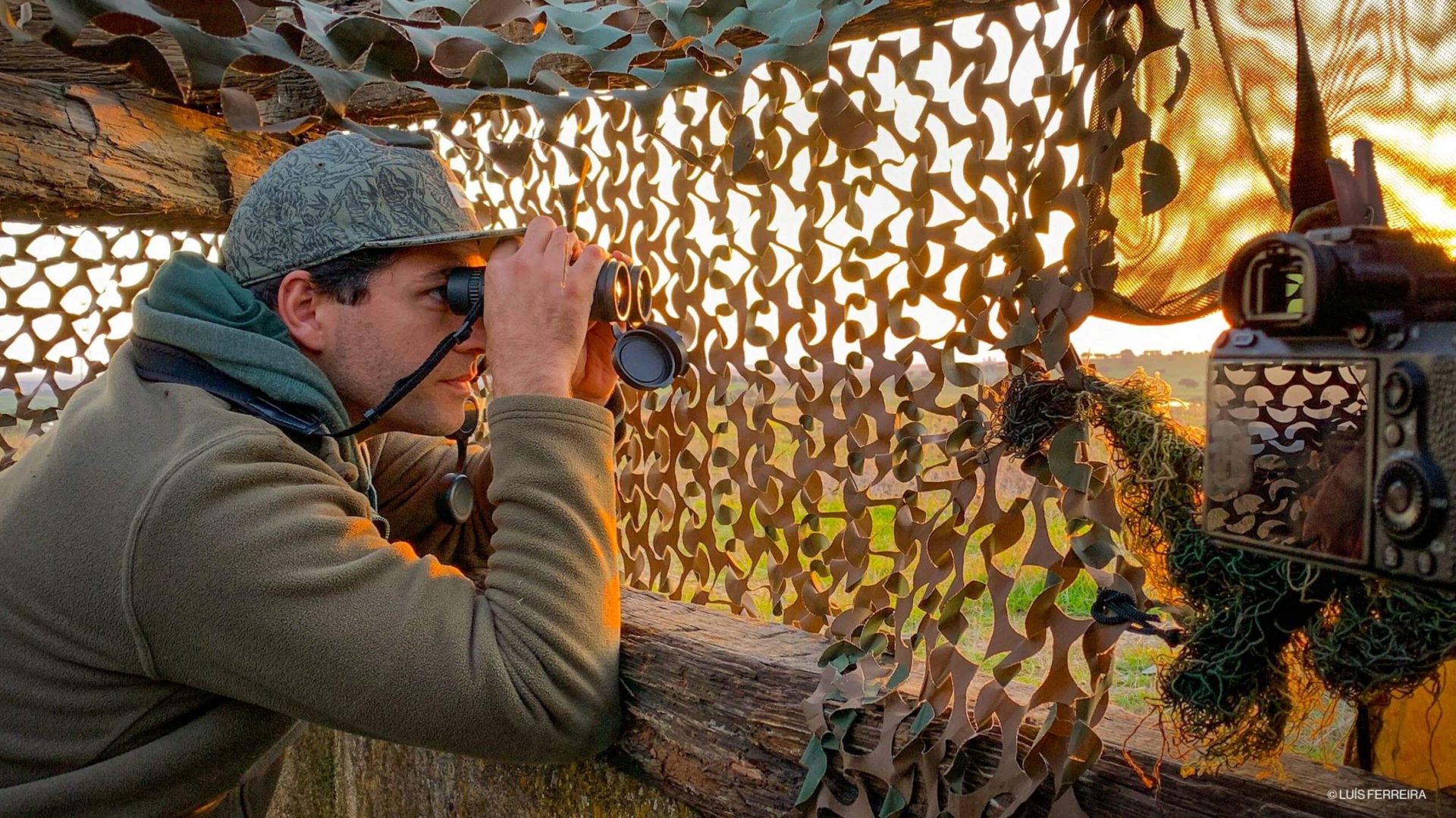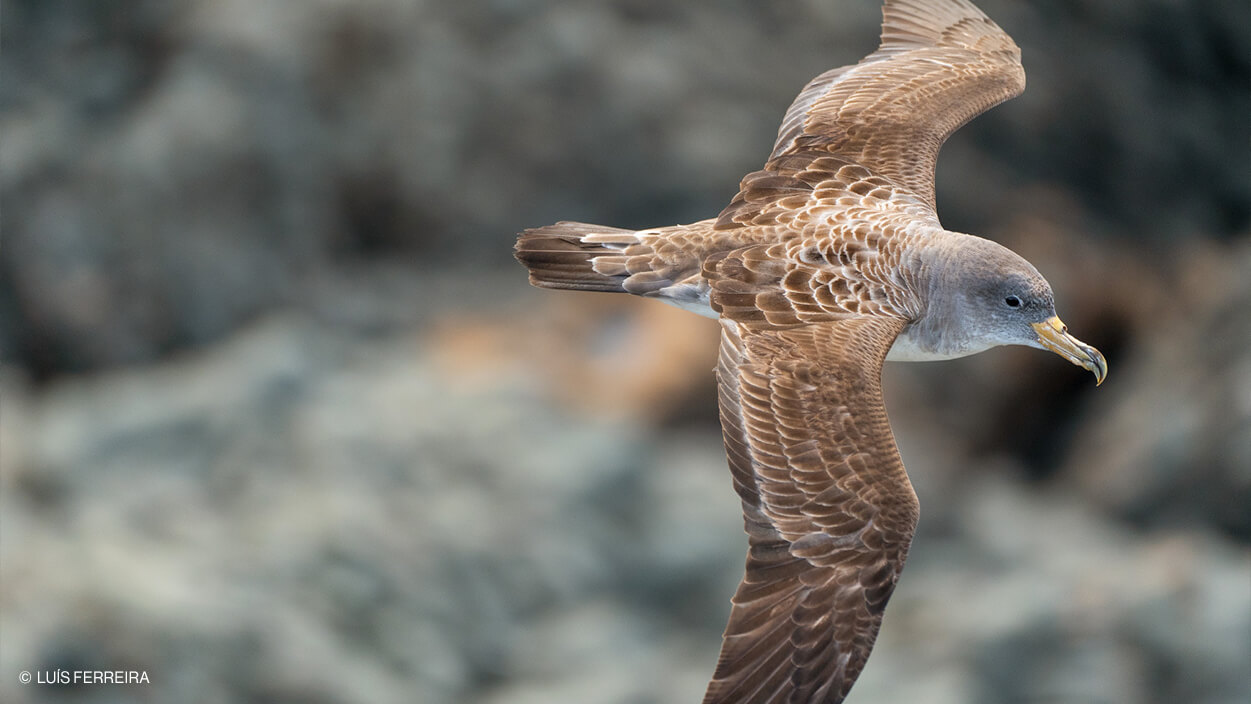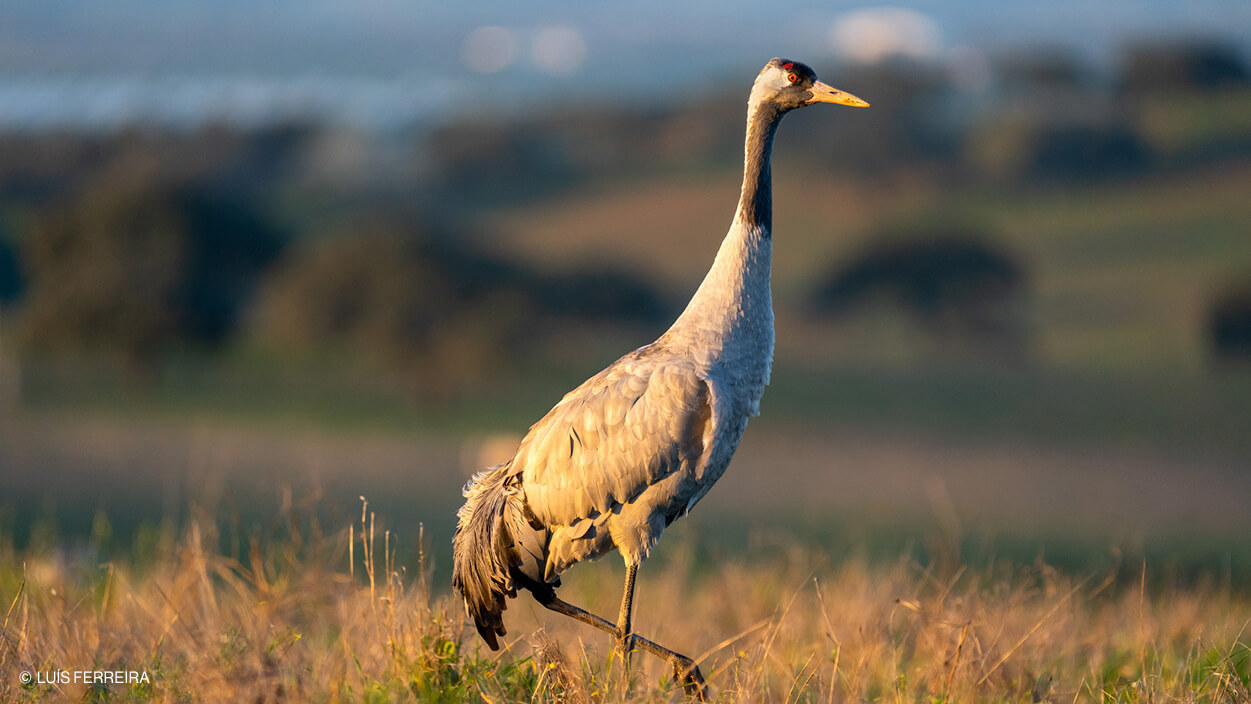Nature, outdoors, adventure, travel. Luis Ferreira is a multifaceted photographer who works across many different genres, but as he explained to Biodiversidade.com.pt, it’s taking pictures of animals that he is most passionate about. He sees these photos as a way of educating and raising awareness about conservation.
From an early age, Luis Ferreira has been drawn to the appeal of nature and has documented it in many different types of photographs, but it is his passion for animals and their protection that has driven him on adventures all over Portugal. Endangered species, which are difficult to capture on film, are the subject that most appeals to him. “If I’m holed up in a wildlife hide for hours on end waiting for a very rare species that is very difficult to photograph, that game appeals to me; it becomes a ‘hunting game’, but one in which the animal isn’t harmed.”
For Luis Ferreira, photographing species such as the Great Bustard (Otis tarda), “Endangered” (EN) in Portugal; the Iberian Ibex (Capra pyrenaica), “Critically Endangered” (CR); the Western Swamphen (Porphyrio porphyrio), a “Vulnerable” (VU) species; or the Black-Winged Kite (Elanus caeruleus) and the Griffon Vulture (Gyps fulvus), “Near Threatened” (NT) species, is especially important “I feel it is important to bring them to light, highlight some of their behaviours, and raise awareness, particularly among children, who I believe can make a bigger difference,” he explains.
For this reason, he also dedicates himself to the Educate to Preserve project, in addition to his photography and videography work; he visits schools and shares facts and trivia about various different species with children, always in a way that is educational. The project has already reached more than 400 children and the objective is to continue raising awareness among young people, encouraging interest in wildlife and promoting a sense of civic awareness.
Luís Ferreira shares many of the “special encounters” he has witnessed with the children and anyone else who follows his work. His encounter with a Bonelli’s eagle (Aquila fasciata) is one of them. The bird in question is a “very intelligent animal” which, despite its careful camouflage, is aware of any unusual presence in the area; as a result, it is a difficult species to photograph. Another of his encounters, a hundred vultures at a “giant feeding feast”, was “unique and striking”.
Repeated encounters with Cory’s shearwaters (Calonectris borealis), a “Vulnerable” species on the mainland and of “Least Concern” (LC) in the archipelagos of the Azores and Madeira, are indicative of a very special relationship. His “huge love” for these sea birds has taken him three times to the subarchipelago of the Selvagens Islands, 280 kilometres south of the main archipelago of Madeira. Out of these visits, and after a year spent applying for permission, the book Ilhas Selvagens (Selvagens Islands) was produced. He speaks enthusiastically about the privilege of being on the islands, which have been classified as an Important Bird Area (IBA) by environmental organisation BirdLife International.





